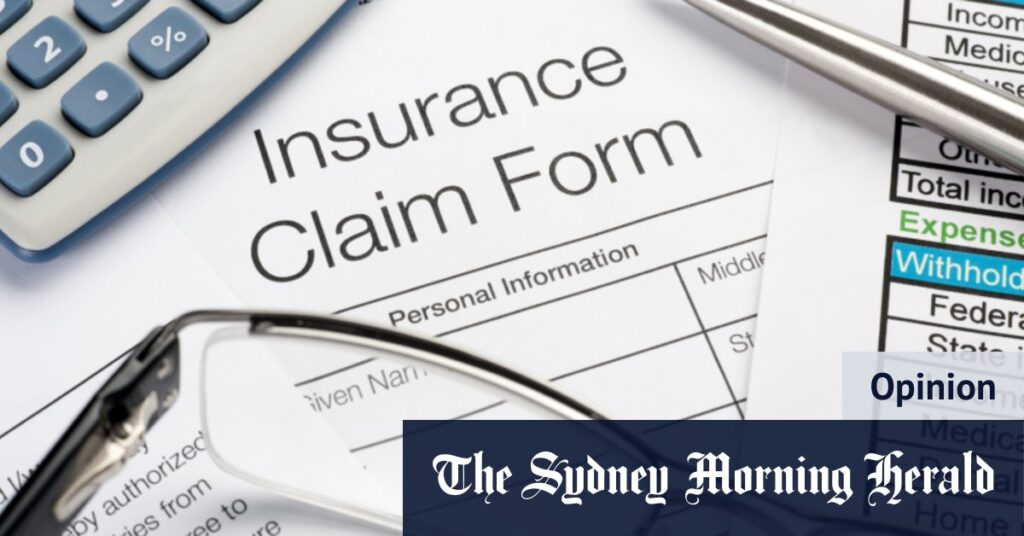
Mention insurance to any Australian, and you might see a flicker of pain cross their face. Premiums are increasingly straining budgets, driven by a combination of rising healthcare costs, an ageing population, and frequent natural disasters. This year alone, insurers have faced nearly $2 billion in losses from three major events: ex-Tropical Cyclone Alfred ($1.43 billion), the North Queensland floods ($289 million), and the NSW Mid North Coast and Hunter floods ($248 million), according to the Insurance Council of Australia.
Over the past three decades, insurers’ inflation-adjusted annual losses from floods, bushfires, storms, and freezing temperatures have tripled. In this challenging environment, how can Australians maintain essential insurance protections while reducing costs?
Increasing Your Excess
One effective way to lower your insurance premiums is by increasing your excess. The principle here is straightforward: insurance is a success when you don’t need to claim. While this might seem counterintuitive, the reality is that if you rarely claim, a higher excess can significantly reduce your annual costs. Over time, the savings from lower premiums can offset the higher excess you might pay in the event of a claim.
This strategy can be applied to most general insurance types, including private health insurance. Notably, individuals can now opt for an excess as high as $750 for singles and $1500 for families without incurring the Medicare Levy Surcharge. For those considering dropping private health insurance, it’s important to remember that singles earning over $101,000 or families earning over $202,000 will face a penalty of up to 1.5%, an amount that could instead cover the cost of maintaining insurance.
Re-evaluating Contents Insurance
Another area to consider is your contents insurance. It’s crucial to ensure your home insurance is adequate to cover rebuilding costs in the event of destruction. Additionally, check if your insurer offers a “safety net” or “rebuild protection” feature to cover potential spikes in construction costs following a natural disaster.
However, contents insurance might be an area where you can trim costs. The price of consumables has decreased, and it may be time to reassess the replacement value of your belongings. Ensure you have sufficient coverage for valuable items like jewellery and technology, but be mindful that these can significantly increase your premiums. Consider skipping coverage for motor burnout, which is often unnecessary for older products.
Importantly, ensure your contents insurance includes adequate public liability coverage, which protects you if you’re liable for an injury outside your home. This is a crucial component of a sound financial strategy.
Opting for Market Value Over Agreed Value
If your car is relatively old, consider switching from agreed value to market value insurance, or even opting for third-party coverage if you’re planning to replace it soon. This change can free up funds that might be better allocated elsewhere.
Adjusting Your Income Protection Insurance
For those with income protection insurance, increasing your wait period before payments begin can lead to substantial savings. Ideally, you should have an emergency fund to cover expenses during this waiting period, perhaps equivalent to three months’ salary. A 90-day wait can result in significant premium reductions, and remember, income protection insurance is tax-deductible.
While insurance costs are on the rise, it’s more prudent to adjust your policies rather than forgo the financial safety they provide. By strategically managing your insurance, you can maintain essential protections without breaking the bank.






